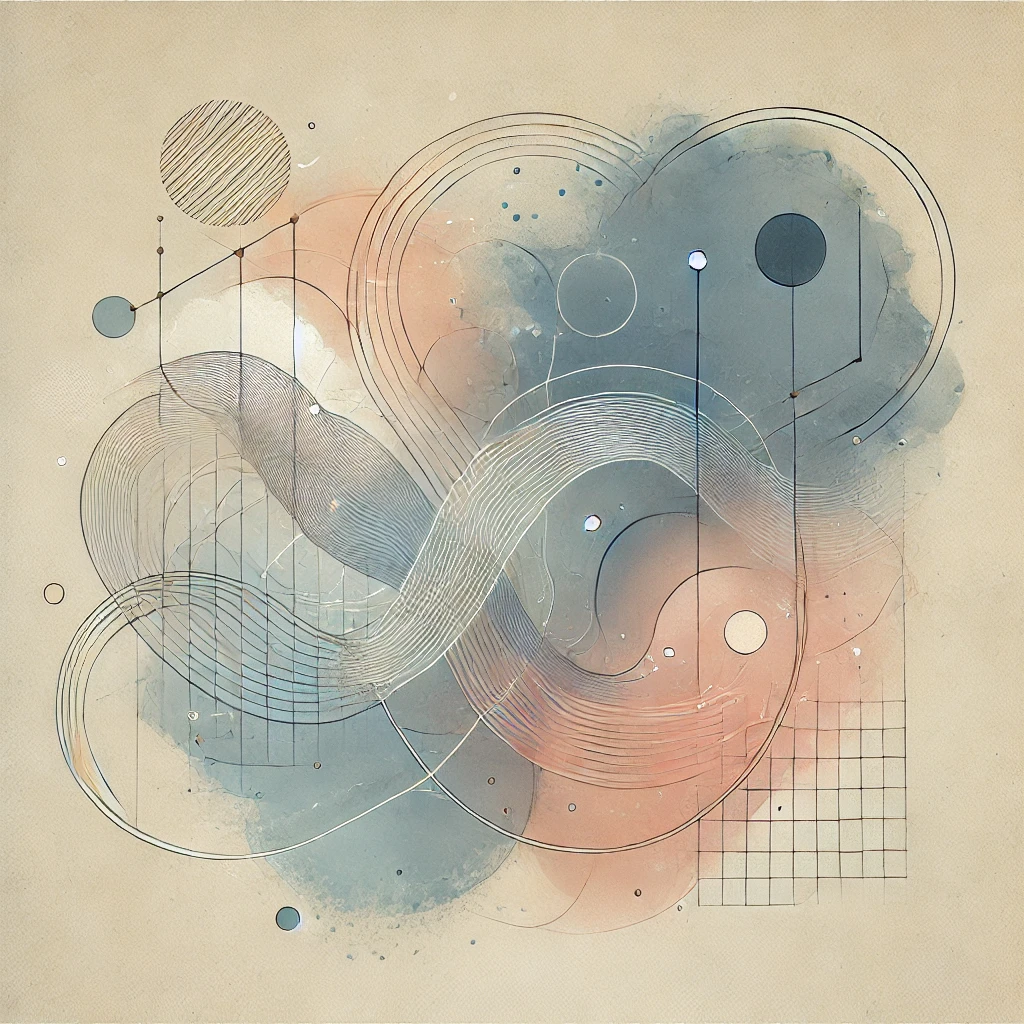Reading Skills and Brain Structure: A Neuroimaging Study

A new study reveals significant differences in brain structure between individuals with varying reading abilities. Analyzing open-source data from over 1,000 participants, researchers found correlations between reading proficiency and the structure of the left anterior temporal lobe and Heschl's gyrus. The left temporal pole integrates diverse information, while Heschl's gyrus, part of the auditory cortex, showed thickness correlated with reading ability. The study highlights brain plasticity, suggesting reading shapes brain structure, benefiting both individuals and humanity.
Read more








